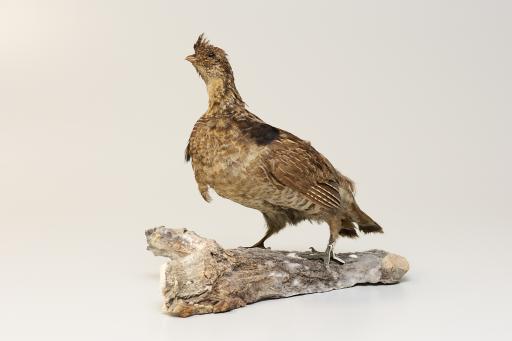Ruffed Grouse (Bonasa umbellus), unknown maker
Artwork Overview
unknown maker, artist
Ruffed Grouse (Bonasa umbellus)
Where object was made: North and Central America
Credit line: Courtesy of the KU Biodiversity Institute, Exhibits
Accession number: EL2020.010
Not on display
If you wish to reproduce this image, please submit an image request


